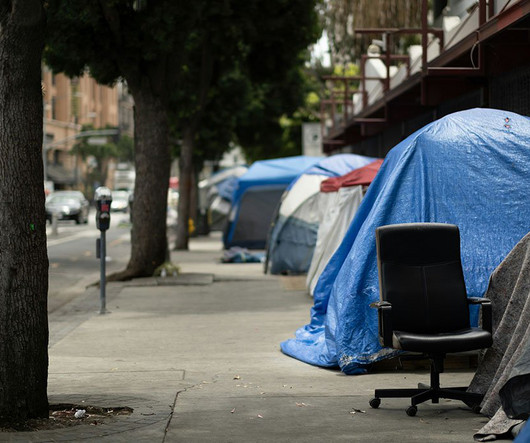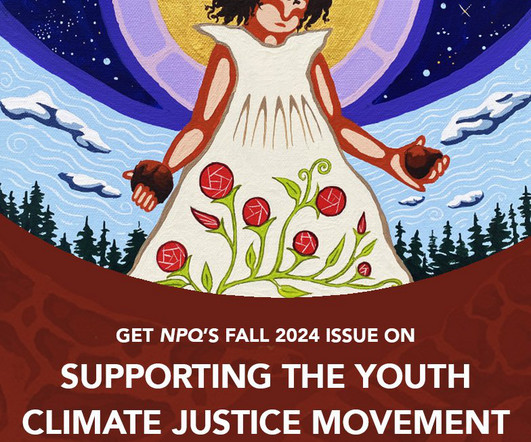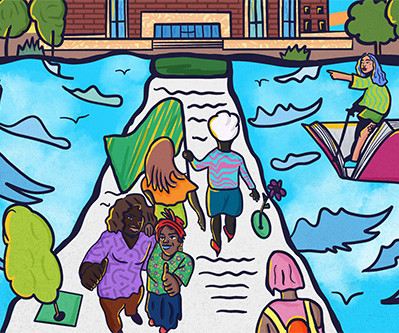Monitoring Inequality: The Case for Widening Access to Innovations in Diabetes Management
NonProfit Quarterly
JANUARY 20, 2025
For many people with diabetes, particularly those living below the poverty line, the cost of CGMs makes them unattainable. While these uses of CGMs may have merit, this trend has transformed their reputation from critical medical devices into lifestyle gadgets. The rebranding is problematic for several reasons.



















Let's personalize your content